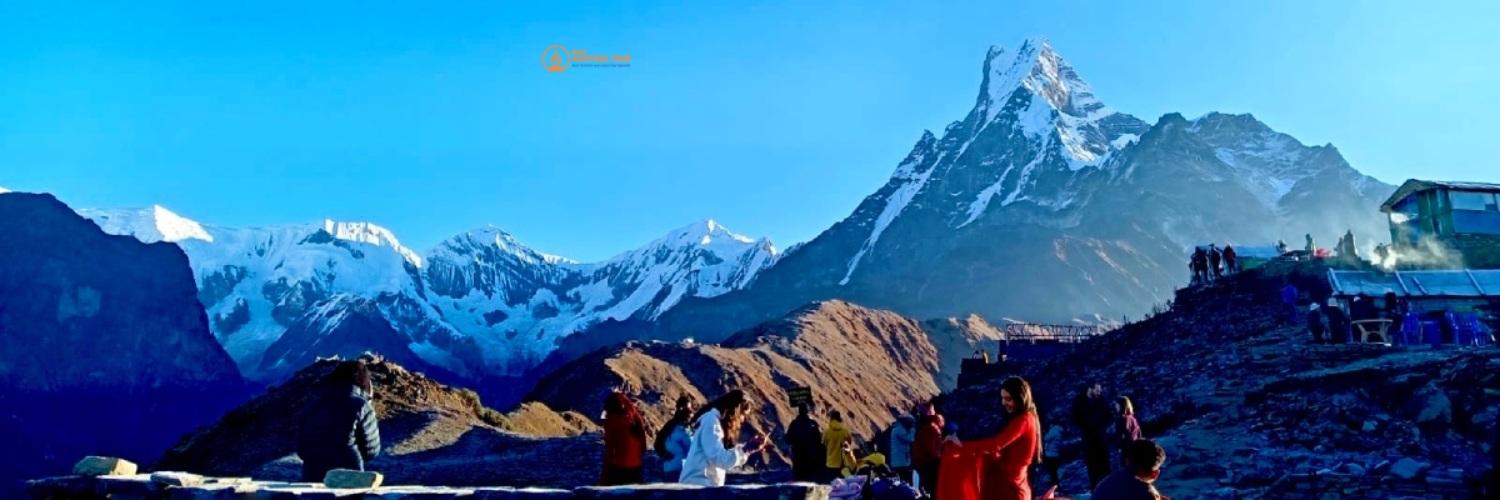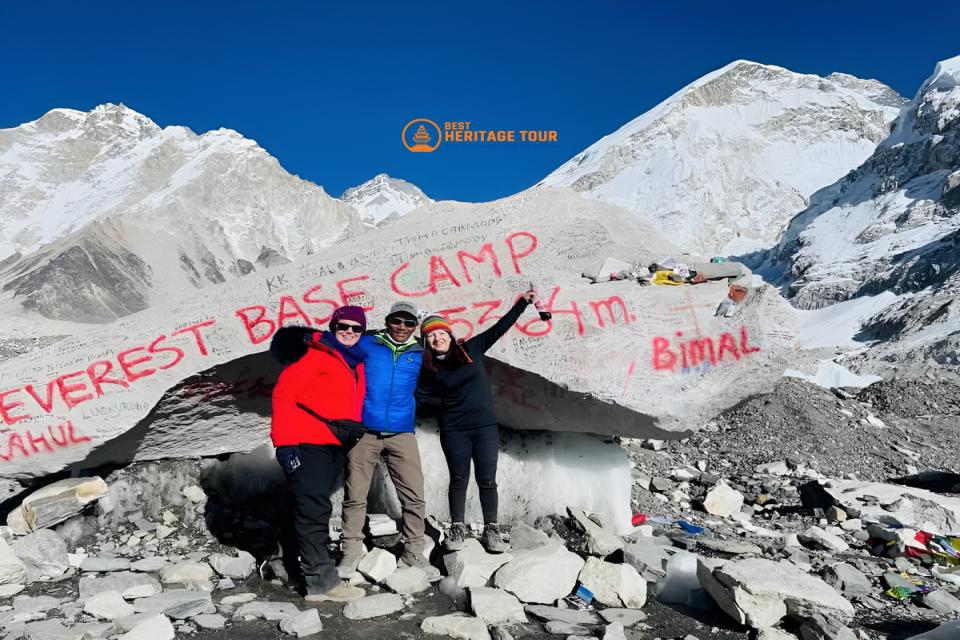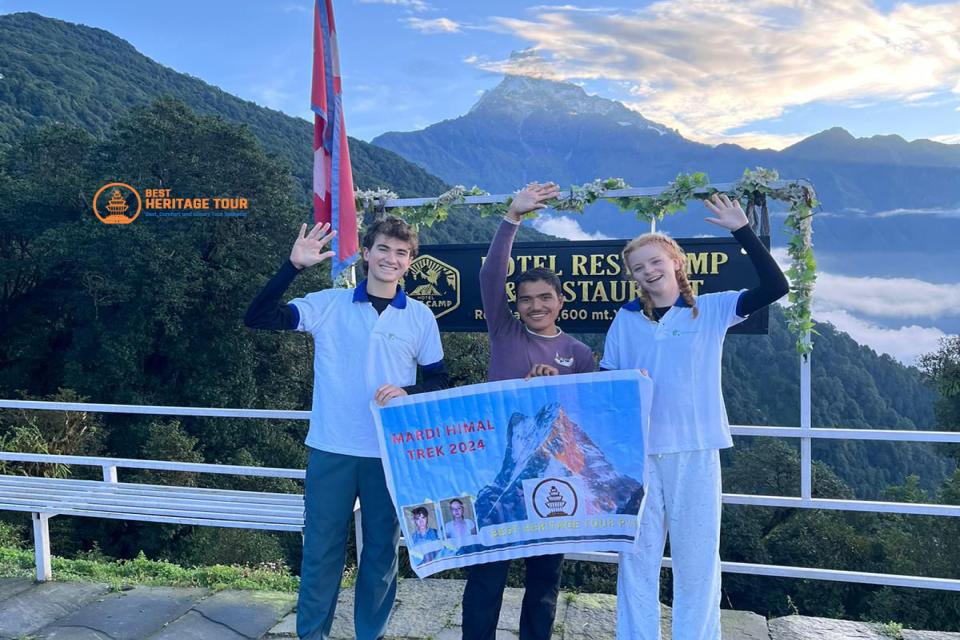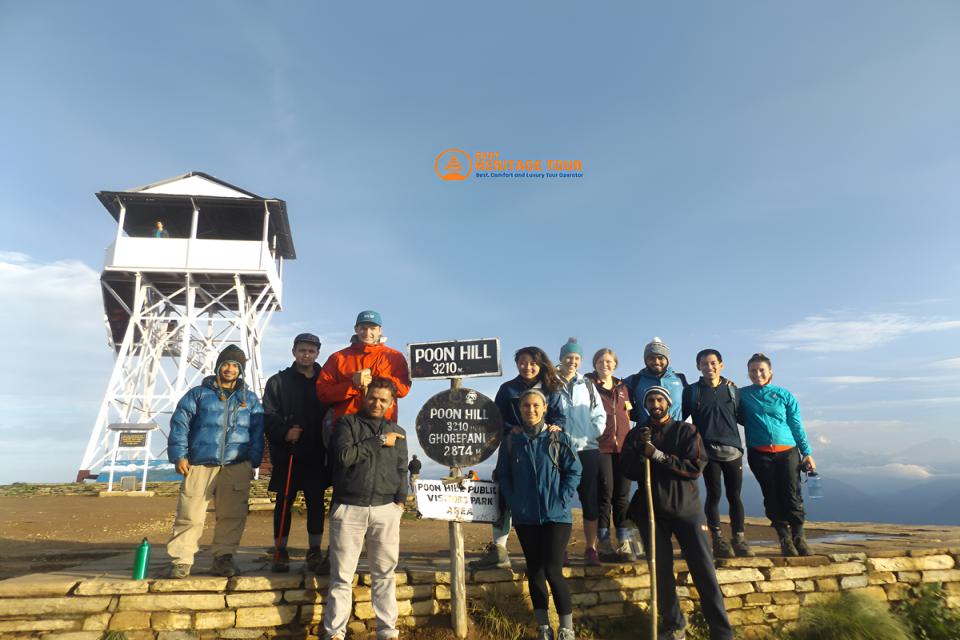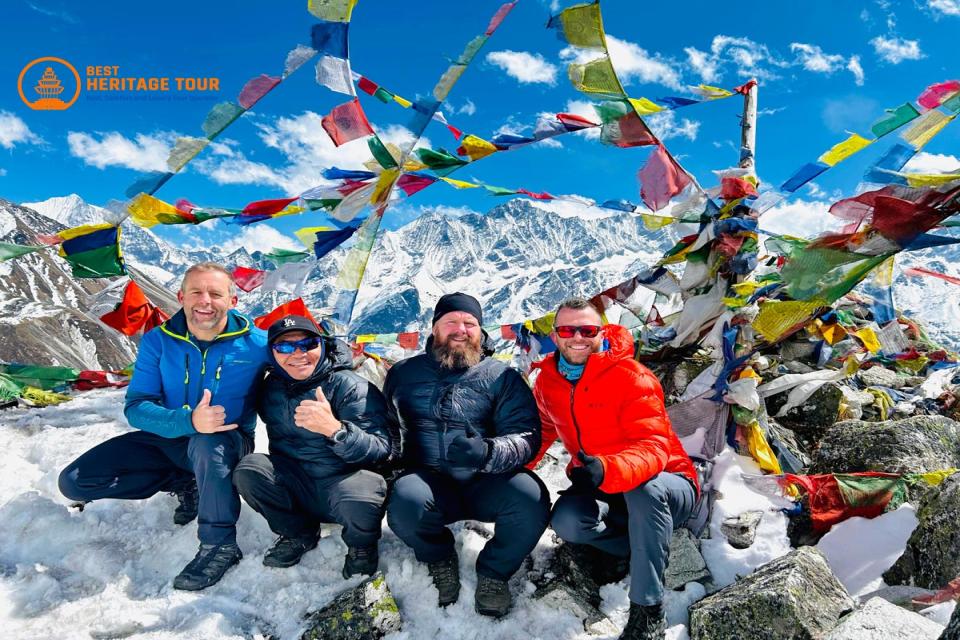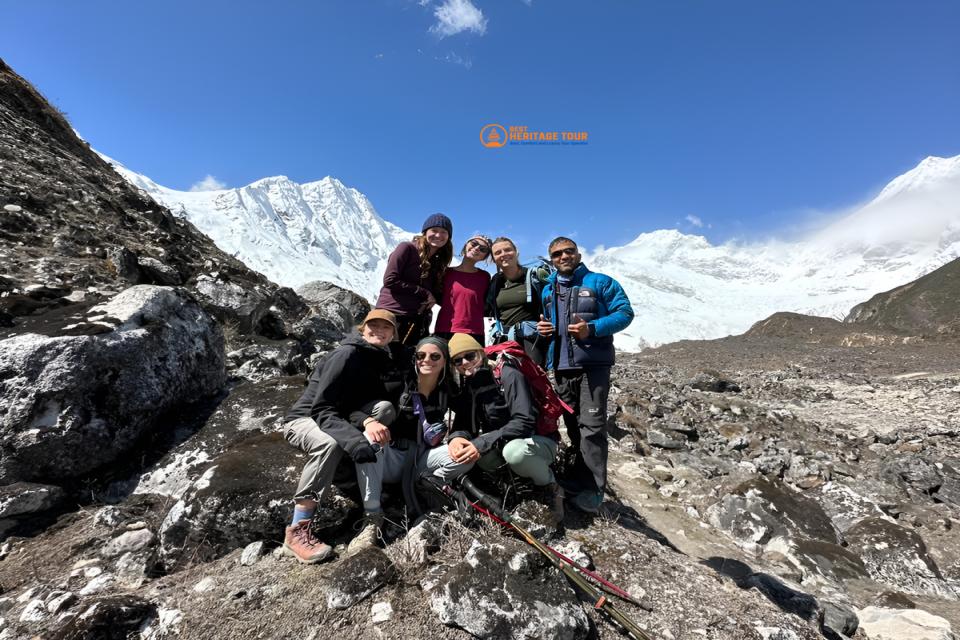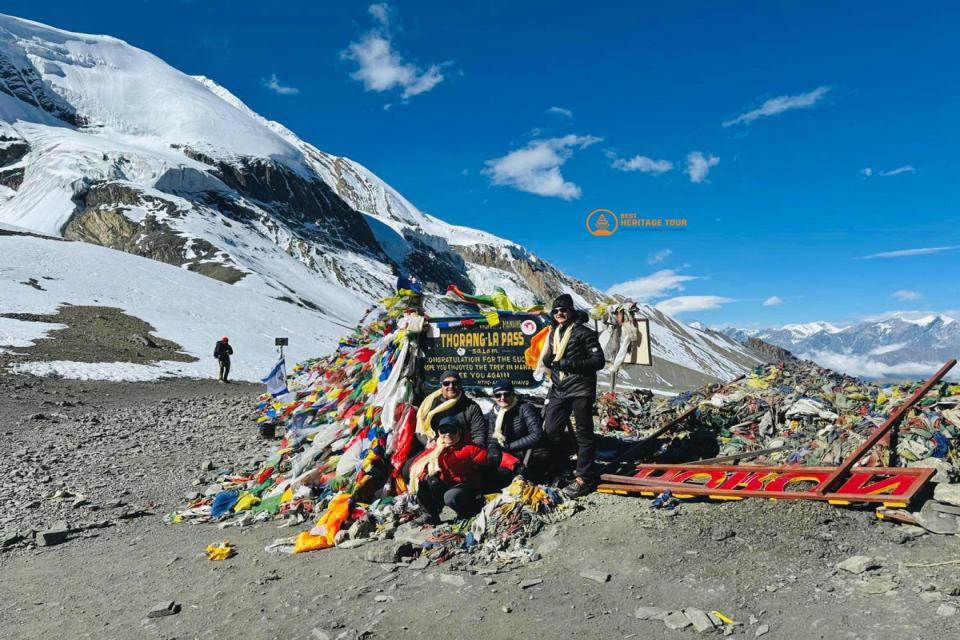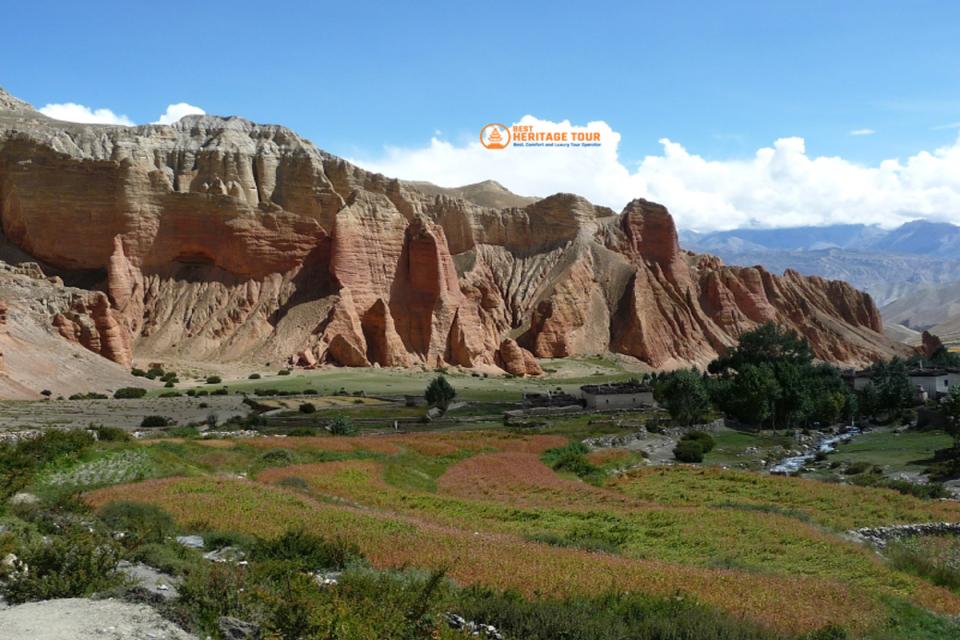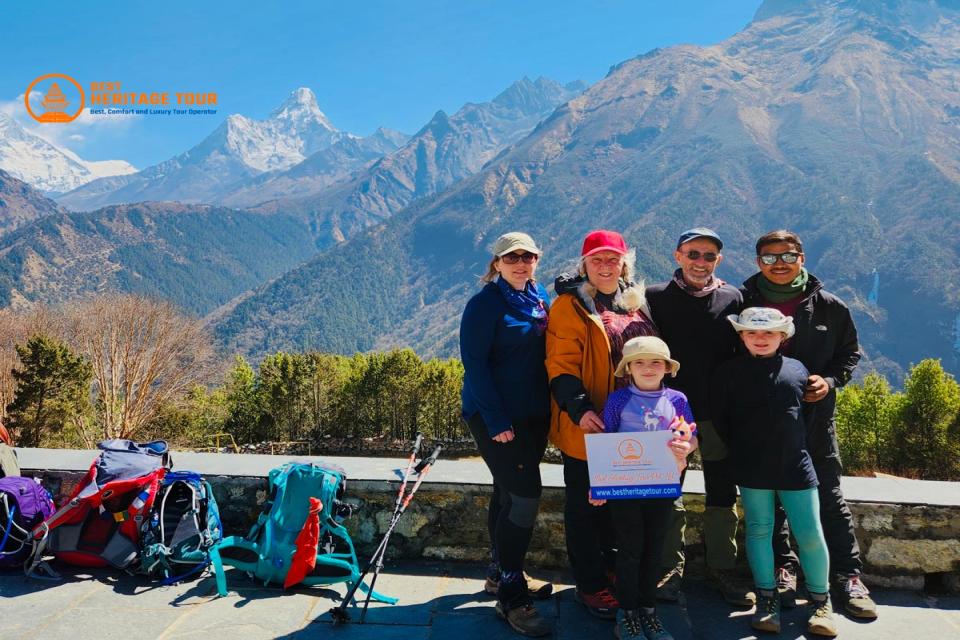When most people imagine trekking in Nepal, they picture the bright autumn trails of October or the blooming rhododendrons of spring. But what if we told you that trekking in winter is not only possible - but magical?
From December to February, Nepal transforms into a tranquil wonderland of snow-capped peaks, crisp blue skies, and peaceful trails. While some high mountain passes may close due to heavy snow, dozens of scenic trekking routes remain open, offering an unmatched combination of serenity and clarity.
If you dream of a quieter, more personal Himalayan adventure, winter is the perfect time to lace up your boots and explore. With the right preparation and a reliable trekking operator like Best Heritage Tour, you can experience Nepal’s mountains at their most peaceful and pure.
Understanding the Winter Trekking Season in Nepal
Winter in Nepal typically spans December, January, and February. During this time, the lower Himalayan regions remain moderate and dry, while higher elevations receive snowfall that blankets the landscape in beauty.
In places like Kathmandu, Pokhara, and the mid-hill regions, daytime temperatures are pleasantly cool, ranging from 10°C to 20°C (50°F-68°F). At higher elevations around 3,000 meters - temperatures can drop below freezing at night, but the days are often sunny, dry, and crystal clear.
For trekkers who prefer less-crowded trails, sharp mountain visibility, and cultural immersion, the winter season offers ideal conditions. It’s also the best time for photographers, as the skies remain dust-free, offering vibrant contrasts between snowy peaks and deep blue skies.
Why Winter is a Great Time for Trekking in Nepal
Contrary to popular belief, winter trekking in Nepal comes with several unique advantages that make it an unforgettable experience.
a) Fewer Crowds, More Serenity
During peak seasons (spring and autumn), popular trails can be busy with trekkers from all over the world. But in winter, the mountains are calm and quiet. You can walk in peace, connect deeply with nature, and enjoy unobstructed views of the Himalayas.
b) Crystal-Clear Mountain Views
Cold air keeps the atmosphere free from dust and haze. This means sharper visibility - perfect for sunrise views from Poon Hill, Tengboche, or Kalapatthar.
c) Warm Hospitality and Local Encounters
With fewer trekkers around, you get more time to interact with locals. Many teahouse owners share stories of the mountains, their culture, and winter life, offering genuine hospitality that is sometimes missed during busier months.
d) Lower Prices and Better Deals
Flights, hotels, and even some trekking permits are more affordable in the off-season. You can enjoy premium comfort at better value and Best Heritage Tour ensures these savings translate into a more personalized trekking experience.
Popular Trekking Routes Suitable for Winter
Winter may sound challenging, but many lower- and mid-altitude routes remain open and breathtaking. Here are the top winter-friendly treks in Nepal, perfect for adventurers seeking snow-dusted trails and cultural immersion.
For those who dream of seeing Mount Everest but wish to avoid extreme cold at higher altitudes, the Everest View Trek is ideal.
Starting from Lukla, the trail passes through Namche Bazaar and Khumjung Village, offering close-up views of Everest, Ama Dablam, and Thamserku.
Since it doesn’t climb beyond 3,800 meters, temperatures remain manageable even in January. You’ll enjoy clear skies, Sherpa hospitality, and peaceful lodges all the way.
Located in the Annapurna region, this is one of the most popular short treks in winter.
The route offers comfortable elevations (below 3,200m) and warm teahouses at every stop. The sunrise from Poon Hill paints the peaks of Annapurna and Dhaulagiri golden - a truly mesmerizing sight.
It’s an easy to moderate trek, ideal for beginners or families traveling in the winter season.
Just a few hours north of Kathmandu, Langtang Valley offers a perfect balance of wilderness, culture, and accessibility.
In winter, the valley glistens with snow, and the trails are quiet. You’ll walk through charming Tamang villages, dense forests, and yak pastures framed by white peaks.
Since most of the trek remains below 4,000 meters, conditions are comfortable and safe even in the coldest months.
If you’re looking for a short, scenic, and less-crowded winter trek in the Annapurna region, the Mardi Himal Trek is an excellent choice.
This trail offers breathtaking views of Machhapuchhre (Fishtail), Annapurna South, and Hiunchuli, often dusted with fresh snow during winter. The path gradually ascends through lush forests, alpine meadows, and traditional Gurung villages, leading to the spectacular Mardi Himal Base Camp.
Because the trek remains below 4,500 meters, the temperatures are manageable even in December and January. With crisp skies, fewer trekkers, and incredible sunrises, Mardi Himal becomes one of the most rewarding winter trekking destinations in Nepal.
5. Mustang Trek
Mustang’s trans-Himalayan desert climate makes it an exceptional winter destination.
The region remains dry and accessible even when other parts of Nepal experience snowfall. You’ll explore ancient monasteries, Tibetan culture, and barren yet beautiful landscapes.
The trek can be customized for comfort and cultural depth, ideal for travelers who want a unique winter adventure.
What to Expect: Weather, Temperature & Trail Conditions
Winter trekking in Nepal is about embracing contrasts - chilly mornings and nights balanced by warm, sunny days.
-
Kathmandu & Pokhara: 10°C-20°C (50°F-68°F)
-
Mid-Altitude Trails (Annapurna, Langtang): 5°C-15°C (41°F-59°F)
-
Higher Altitudes (Everest region): -5°C to 10°C (23°F-50°F)
Most trails are open and well-maintained. Lodges stay operational with warm dining areas, hot meals, and thick blankets. A little snow on the trail only adds charm, creating postcard-perfect views.
Best Heritage Tour provides real-time updates on weather and trail conditions, ensuring your journey stays smooth and safe.
Challenges of Winter Trekking (and How to Overcome Them)
While winter trekking is rewarding, it requires awareness and preparation.
a) Cold Temperatures
Nights can drop below freezing at higher altitudes. The key is layered clothing - base layer, insulation, and waterproof outer shell.
b) Shorter Daylight Hours
Plan to walk between 7 AM and 4 PM to make the most of daylight. Best Heritage Tour designs itineraries accordingly to ensure comfort and safety.
c) Snow on Trails
Some higher trails may get slippery or temporarily blocked. Our expert guides are trained in route management and safety protocols, ensuring smooth passage or timely rerouting if necessary.
By trekking with a professional operator like Best Heritage Tour, all potential challenges are anticipated and handled efficiently - leaving you free to enjoy the beauty around you.
Essential Gear and Tips for Winter Trekking
Preparation is everything when trekking in winter. Here’s a quick list to ensure comfort and safety:
-
Base Layers: Thermal tops and leggings for warmth.
-
Insulation Layers: Fleece or down jackets.
-
Outer Layer: Waterproof, windproof shell.
-
Head & Hands: Warm beanie, gloves, and buff.
-
Footwear: Waterproof trekking boots with good traction.
-
Sleeping Bag: Rated for -10°C or below (Best Heritage Tour provides if needed).
-
Accessories: Sunglasses, sunscreen, lip balm, headlamp, reusable water bottle.
Pro Tips:
-
Drink plenty of water - winter dehydration is common.
-
Carry energy snacks and stay active to keep warm.
-
Always check weather updates and follow your guide’s instructions.
Best Heritage Tour ensures trekkers are fully equipped before every departure, providing advice, packing checklists, and gear rentals when needed.
Is High-Altitude Trekking Possible in Winter?
Yes, but selectively.
Trekking to Everest Base Camp or Annapurna Circuit is still possible, though slightly more challenging. The trails are open, but higher passes such as Thorong La or Cho La may experience heavy snow.
For well-prepared trekkers or those with prior experience, winter adds a sense of solitude and adventure unmatched by any other season. For others, shorter or mid-altitude routes are equally rewarding.
The key is professional guidance, and Best Heritage Tour’s experts ensure all logistics, safety measures, and contingency plans are handled flawlessly.
Conclusion: Experience the Magic of Winter Trekking in Nepal
So, is trekking possible in the winter season in Nepal?
Absolutely and for many, it’s the best-kept secret of Himalayan adventure.
The trails are quiet, the views are sharper than ever, and the mountain air feels alive with peace. Winter brings the Himalayas closer to your heart - raw, beautiful, and serene.
Don’t let the cold hold you back. With the guidance of Best Heritage Tour, you can experience the warmth of Nepali hospitality amidst the snow and serenity of the mountains.
Phone / WhatsApp / Viber: +977-9851149197 | +977-9810043046
Email: info@bestheritagetour.com | bestheritagetour@gmail.com
Info & Booking: www.bestheritagetour.com
Office: Thamel Marg, Kathmandu, Nepal
Step into Nepal’s winter wonderland - trek, discover, and feel alive with Best Heritage Tour.
Author: Best Heritage Tour
Date: 12th October, 2025

